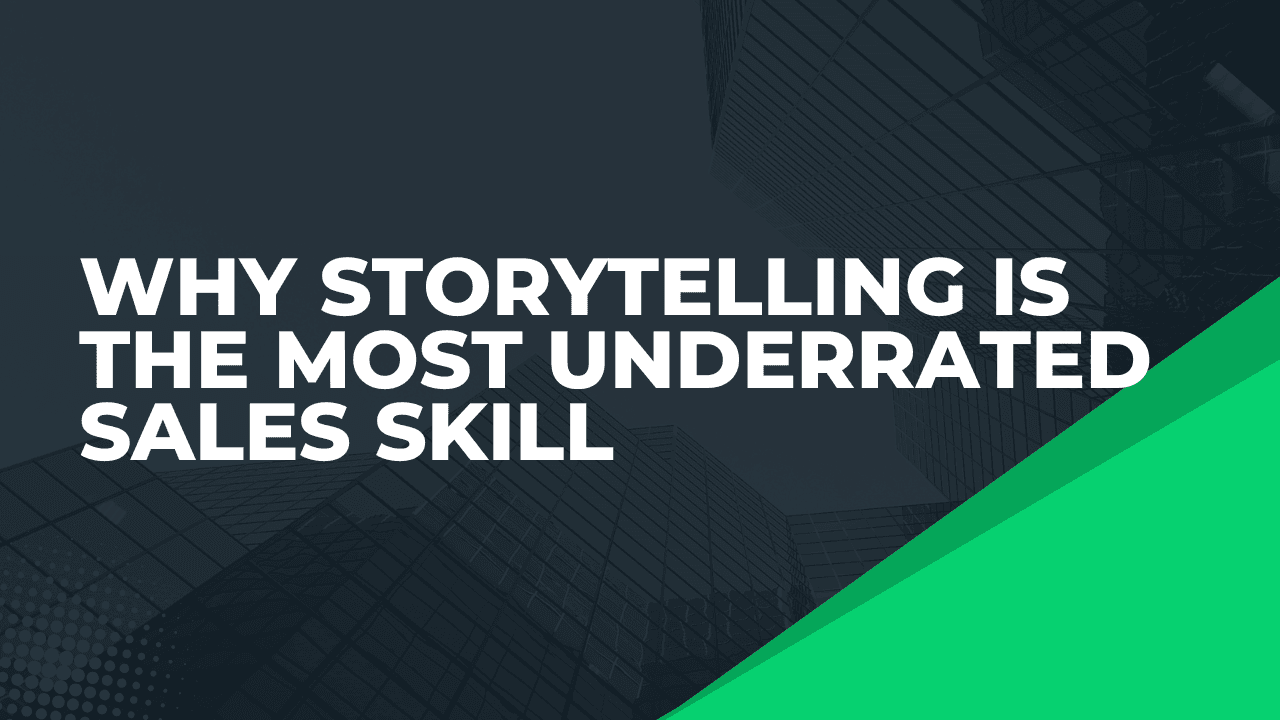Why Storytelling is the Most Underrated Sales Skill

In today’s hyper-competitive market, buyers are flooded with pitches, product specs, and endless data. Yet, despite all this information, most people make purchasing decisions emotionally — and later justify them logically.
That’s where storytelling comes in. It’s not just a content marketing tool; it’s one of the most powerful sales skills you can master.
What Makes Storytelling So Effective in Sales?
Stories connect on a human level. They activate parts of the brain associated with emotions, empathy, and memory. When you tell a story, you’re not just selling a product — you’re creating an experience, painting a vision, and inviting your prospect to be part of it.
In fact: Research from Stanford shows people are 22 times more likely to remember a story than a fact.
Why Salespeople Often Overlook Storytelling
Many sales teams focus heavily on product features, pricing models, and technical specs. While these matter, they rarely seal the deal on their own.
What most salespeople miss is that customers aren’t just buying a product — they’re buying a solution to a problem, a better future, or a story they want to be part of.
Examples of Storytelling in Sales
- Customer Success Stories:
Instead of saying “Our CRM saves time,” say:
“Last month, a retail client cut their customer response time from 2 hours to 10 minutes using our CRM — and saw a 35% jump in repeat orders.” - Founder’s Story:
Sharing why your company started and the problem you set out to solve makes your pitch authentic and relatable.
- Paint a Before-and-After Scenario:
“Before using our platform, marketers struggled with manual reporting. Now, they generate insights in minutes and focus on strategy instead of spreadsheets.”
How to Incorporate Storytelling into Your Sales Process
- Know your audience’s pain points. Tailor your story to their specific challenges and aspirations.
- Use real-life examples. Concrete, relatable scenarios stick better than abstract benefits.
- Structure your story: Problem → Conflict → Resolution → Result
- Keep it authentic. Avoid overhyping. A good story feels honest and believable.
- End with a clear takeaway. Your story should naturally lead into your call-to-action.
The Business Impact of Story-Driven Selling
Brands and salespeople who embrace storytelling see measurable results:
- Higher conversion rates
- Longer customer relationships
- More referrals
- Increased brand loyalty
Because people remember stories — not sales pitches.
Final Thoughts
In a world where attention is scarce and trust is hard to earn, storytelling gives you an edge. It turns forgettable pitches into memorable conversations. It’s not a “soft skill” — it’s a sales weapon.
If you’re not selling with stories, you’re leaving revenue on the table.